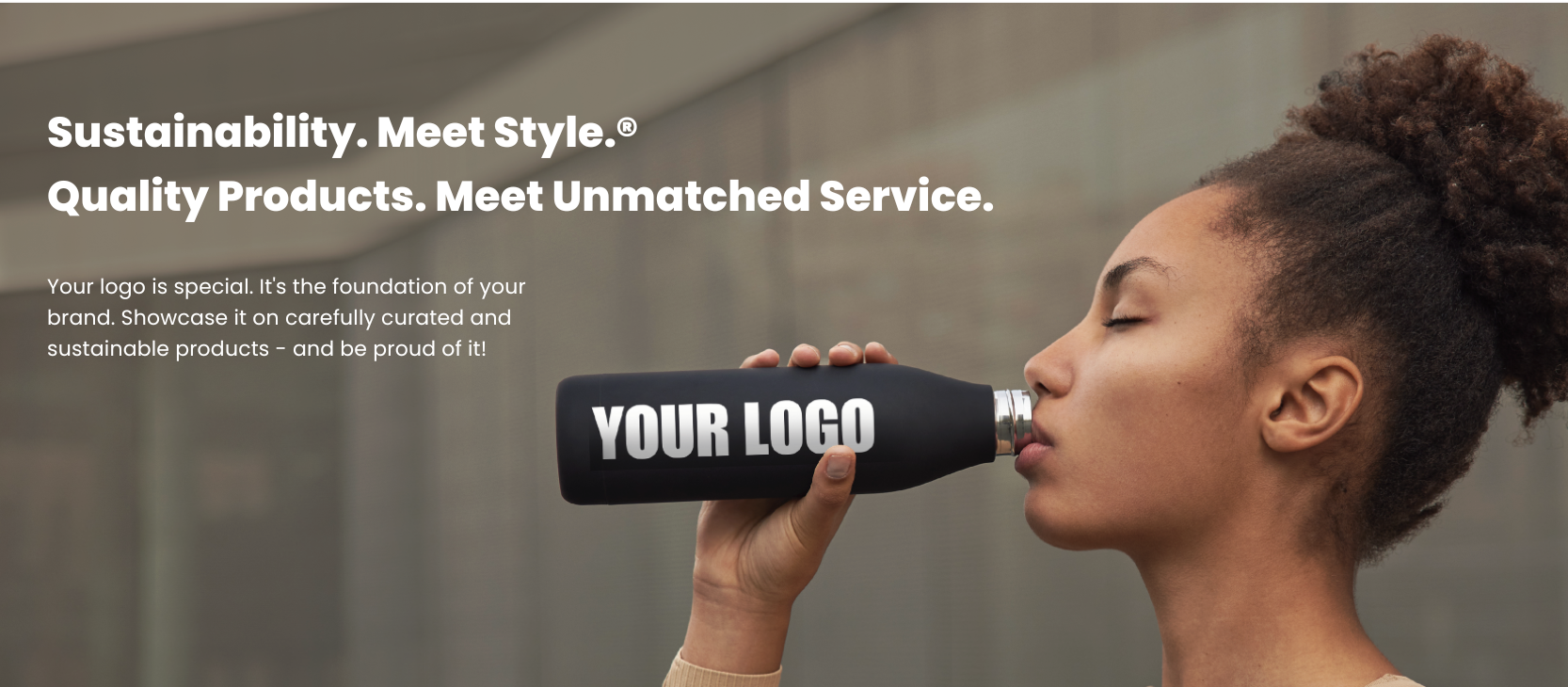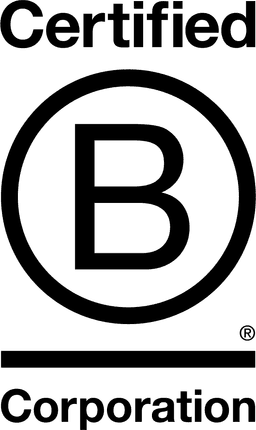

EcoPlum

New York, United States
February 2022
General retail via Internet
Wholesale/Retail
United States
EcoPlum is a nationally certified B Corporation that provides branded marketing solutions with its Sustainable Swag line of promotional products. The company curates best-in-class, eco-friendly merchandise and customizes it for clients with their logos, taglines, and messages. EcoPlum sources unique, innovative, high-quality, and sustainable products that combine both style and usefulness. As a social enterprise, EcoPlum helps universities, businesses and organizations integrate sustainable values into their programs and practices. The company empowers its clients to make responsible choices on their branded gifts – a visible symbol of their values – with a goal of reducing plastic and harmful waste in our landfills and oceans. Rigorous standards for ecological and social sustainability are applied in the selection of products and transparency is essential. The business is committed to a triple-bottom-line strategy focused on people, planet, and profit. Environmental business certifications held by EcoPlum include the EcoVadis Sustainable Silver Medal and Green America Gold Business Seal. EcoPlum is also certified nationally and locally as a women-owned business enterprise (WBE) by the Women’s Business Enterprise National Council (WBENC) and by New York State and New York City
Overall B Impact Score
Governance 15.0
Governance evaluates a company's overall mission, engagement around its social/environmental impact, ethics, and transparency. This section also evaluates the ability of a company to protect their mission and formally consider stakeholders in decision making through their corporate structure (e.g. benefit corporation) or corporate governing documents.
What is this? A company with an Impact Business Model is intentionally designed to create a specific positive outcome for one of its stakeholders - such as workers, community, environment, or customers.
Workers 14.1
Workers evaluates a company’s contributions to its employees’ financial security, health & safety, wellness, career development, and engagement & satisfaction. In addition, this section recognizes business models designed to benefit workers, such as companies that are at least 40% owned by non-executive employees and those that have workforce development programs to support individuals with barriers to employment.
Community 21.5
Community evaluates a company’s engagement with and impact on the communities in which it operates, hires from, and sources from. Topics include diversity, equity & inclusion, economic impact, civic engagement, charitable giving, and supply chain management. In addition, this section recognizes business models that are designed to address specific community-oriented problems, such as poverty alleviation through fair trade sourcing or distribution via microenterprises, producer cooperative models, locally focused economic development, and formal charitable giving commitments.
Environment 32.9
Environment evaluates a company’s overall environmental management practices as well as its impact on the air, climate, water, land, and biodiversity. This includes the direct impact of a company’s operations and, when applicable its supply chain and distribution channels. This section also recognizes companies with environmentally innovative production processes and those that sell products or services that have a positive environmental impact. Some examples might include products and services that create renewable energy, reduce consumption or waste, conserve land or wildlife, provide less toxic alternatives to the market, or educate people about environmental problems.
What is this? A company with an Impact Business Model is intentionally designed to create a specific positive outcome for one of its stakeholders - such as workers, community, environment, or customers.
Customers 2.8
Customers evaluates a company’s stewardship of its customers through the quality of its products and services, ethical marketing, data privacy and security, and feedback channels. In addition, this section recognizes products or services that are designed to address a particular social problem for or through its customers, such as health or educational products, arts & media products, serving underserved customers/clients, and services that improve the social impact of other businesses or organizations.